Intro
Discover Nystatin side effects, interactions, and precautions. Learn about oral thrush treatment, antifungal medications, and potential risks, including allergic reactions and gastrointestinal issues.
The importance of understanding the side effects of medications cannot be overstated, especially when it comes to antifungal treatments like Nystatin. As a medication used to treat various fungal infections, Nystatin has been a staple in the pharmaceutical world for decades. However, like all medications, it comes with its own set of potential side effects that patients should be aware of. In this article, we will delve into the world of Nystatin, exploring its uses, benefits, and most importantly, its side effects. Whether you are a patient considering Nystatin as a treatment option or a healthcare provider looking to educate your patients, this comprehensive guide will provide you with the information you need to make informed decisions.
Nystatin is an antifungal medication that works by stopping the growth of fungus, thereby treating infections such as oral thrush, intestinal thrush, and skin infections. Its effectiveness and relatively low cost have made it a popular choice among healthcare providers. However, the efficacy of Nystatin is not without its drawbacks, as it can cause a range of side effects, from mild to severe. Understanding these side effects is crucial for patients to manage their treatment effectively and for healthcare providers to offer the best possible care.
The use of Nystatin has been widespread due to its broad-spectrum antifungal properties. It is available in various forms, including oral suspensions, tablets, and topical creams, making it versatile for treating different types of fungal infections. Despite its benefits, patients and healthcare providers must be vigilant about the potential side effects associated with Nystatin. This includes gastrointestinal symptoms, allergic reactions, and in rare cases, more severe complications. By being informed, patients can take proactive steps to manage their treatment and minimize the risk of adverse effects.
Nystatin Overview
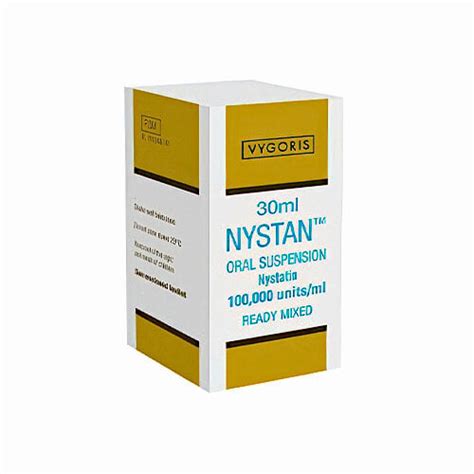
Forms of Nystatin
Nystatin is available in several forms, each designed to treat fungal infections in different parts of the body. The oral suspension is used to treat oral thrush and intestinal infections, while the topical cream and ointment are used for skin infections. The choice of formulation depends on the location and severity of the infection, as well as patient factors such as age and ability to swallow tablets.Nystatin Side Effects
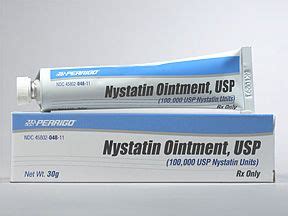
Less common side effects of Nystatin include allergic reactions, which can manifest as skin rashes, itching, or difficulty breathing. In rare cases, Nystatin can cause more severe side effects, such as liver damage or anaphylaxis, a severe allergic reaction that requires immediate medical attention.
Managing Nystatin Side Effects
Managing the side effects of Nystatin involves a combination of patient education, dosage adjustment, and in some cases, the use of additional medications to alleviate symptoms. Patients are advised to take Nystatin with food to reduce gastrointestinal side effects and to report any signs of allergic reactions or other severe symptoms to their healthcare provider promptly.Nystatin Interactions
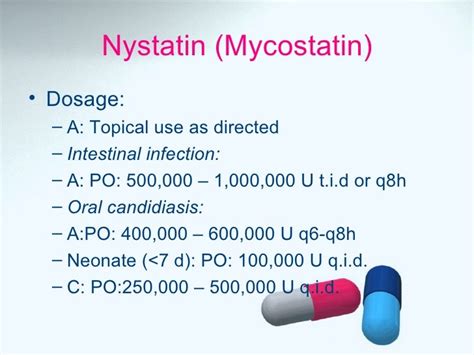
Contraindications and Precautions
Nystatin is contraindicated in patients with a known hypersensitivity to the drug. Precautions should be taken when using Nystatin in patients with liver disease, as it may affect liver function. Pregnant and breastfeeding women should use Nystatin under the guidance of a healthcare provider, as there is limited information on its safety in these populations.Nystatin Dosage
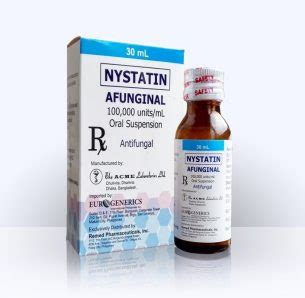
Administration Tips
To ensure the effectiveness of Nystatin and minimize side effects, patients should follow the administration instructions carefully. This includes taking the oral suspension with food, not swallowing the topical formulations, and completing the full treatment course, even if symptoms improve before the end of the treatment.Nystatin Benefits

Advantages Over Other Antifungals
Nystatin has several advantages over other antifungal medications. It is less toxic to human cells, which reduces the risk of severe side effects. Nystatin is also less likely to develop resistance, making it a reliable choice for treating fungal infections.Nystatin Alternatives
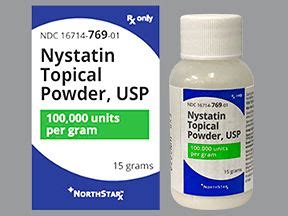
Choosing the Right Alternative
Choosing the right alternative to Nystatin involves considering the efficacy, safety, and cost of the medication, as well as patient preferences and lifestyle. Healthcare providers should discuss the options with patients, providing them with the information they need to make an informed decision.Nystatin and Pregnancy
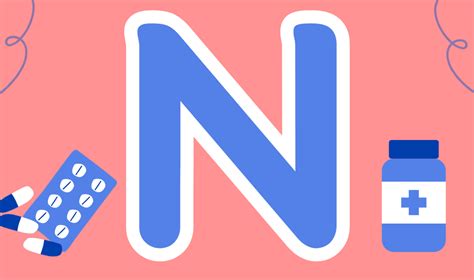
Pregnancy Precautions
Pregnant women taking Nystatin should be aware of the potential risks and take precautions to minimize them. This includes regular check-ups with their healthcare provider, monitoring for side effects, and adhering to the prescribed dosage and treatment duration.Nystatin and Breastfeeding
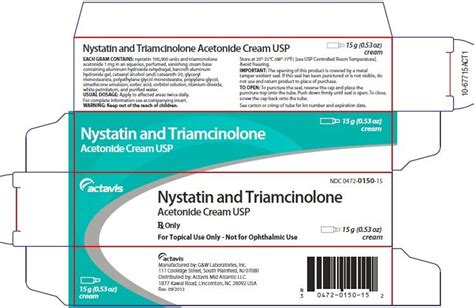
Breastfeeding Precautions
Breastfeeding women taking Nystatin should be cautious and monitor their baby for any signs of side effects, such as diarrhea or rash. They should also inform their healthcare provider about any changes in their baby's behavior or health.What is Nystatin used for?
+Nystatin is an antifungal medication used to treat various fungal infections, including oral thrush, intestinal thrush, and skin infections.
What are the common side effects of Nystatin?
+Common side effects of Nystatin include gastrointestinal symptoms such as nausea, vomiting, diarrhea, and abdominal pain. Allergic reactions can also occur.
Can I take Nystatin during pregnancy?
+Nystatin can be used during pregnancy but should be taken under the guidance of a healthcare provider, especially during the first trimester.
Is Nystatin safe for breastfeeding women?
+Nystatin is generally considered safe for use during breastfeeding, but breastfeeding women should consult their healthcare provider before taking the medication.
What are the alternatives to Nystatin?
+Alternatives to Nystatin include clotrimazole, fluconazole, and itraconazole, among others. The choice of alternative depends on the type of fungal infection and patient factors.
In conclusion, Nystatin is a valuable antifungal medication that offers effective treatment for various fungal infections. While it can cause side effects, being informed and taking proactive steps can help manage these effects and ensure the best possible outcome. By understanding the uses, benefits, and potential drawbacks of Nystatin, patients and healthcare providers can work together to provide high-quality care and improve patient outcomes. We invite readers to share their experiences with Nystatin, ask questions, and engage in discussions to further explore the topic and enhance our understanding of this important antifungal medication.
